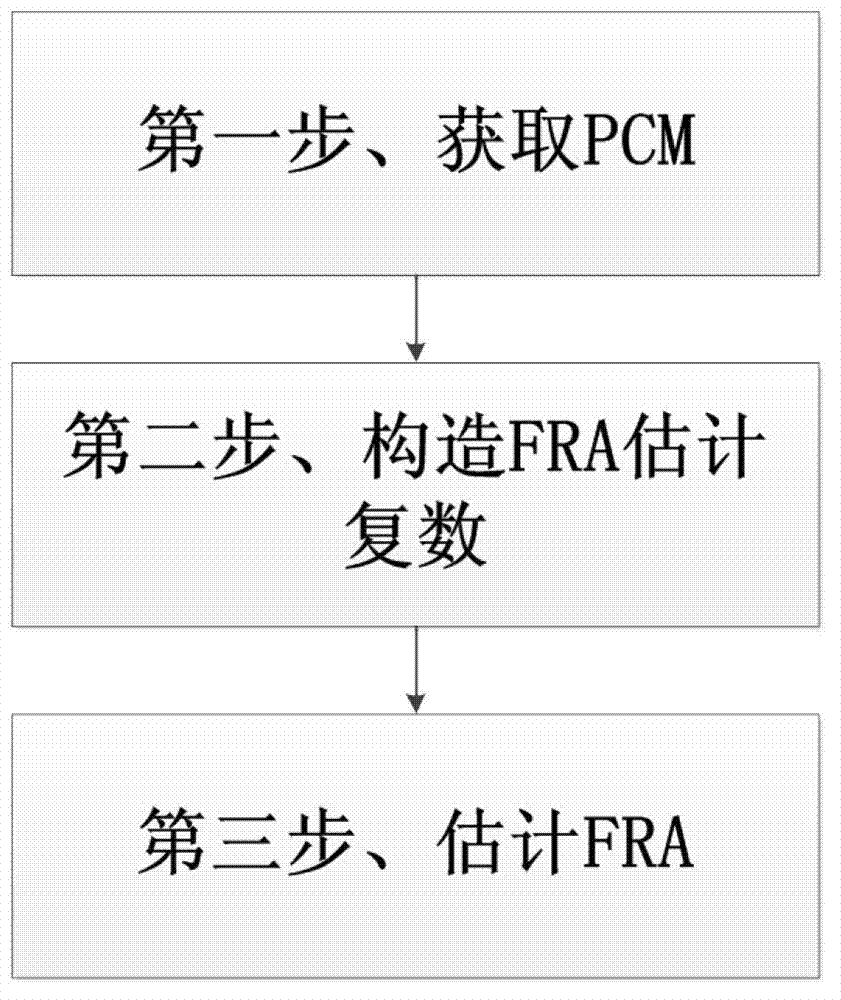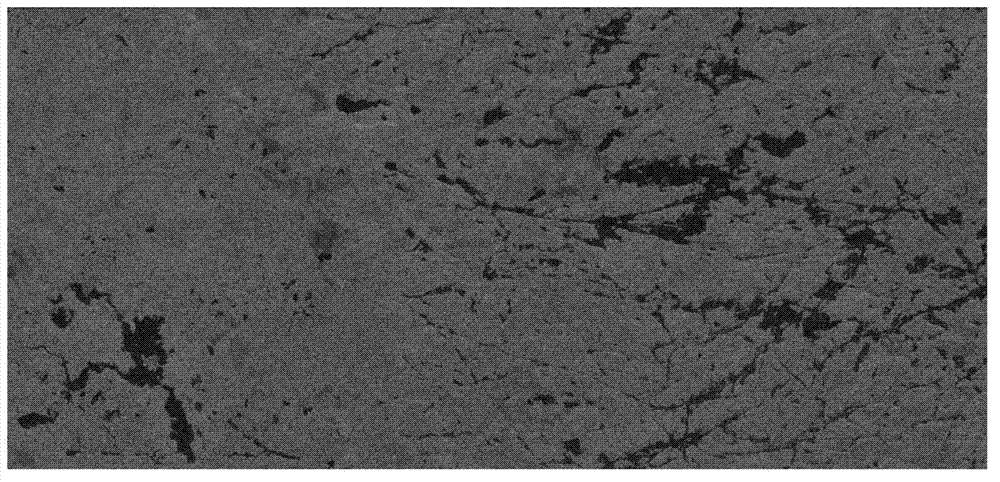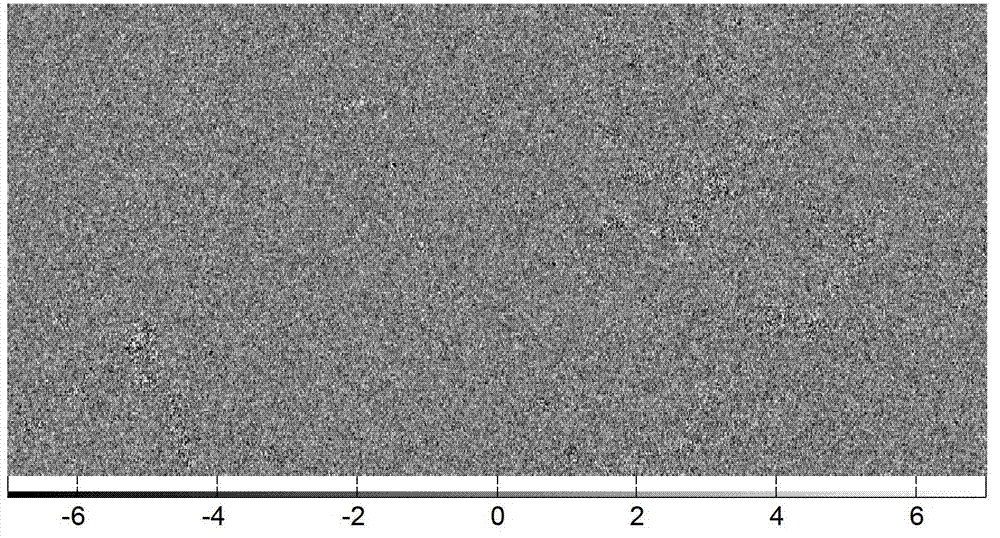Method for estimating Faraday rotation angle (FRA) in satellite borne complete polarization synthetic aperture radar (SAR) data
A fully polarized, spaceborne technology, which is applied in the intersection of aerospace and microwave remote sensing, and can solve the problems of system phase imbalance and large influence.
- Summary
- Abstract
- Description
- Claims
- Application Information
AI Technical Summary
Problems solved by technology
Method used
Image
Examples
Embodiment Construction
[0029] figure 1 It is a flowchart of FRA estimation in the satellite-borne full polarization data provided by the present invention. The whole process is divided into three steps. Taking the measurement vector of the spaceborne fully polarized SAR scattering matrix as input, the first step is to obtain the PCM: obtain the corresponding PCM according to the measurement vector of the scattering matrix; the second step is to construct the FRA estimation complex number: use the PCM corresponding to the measurement vector The real part of the diagonal elements and the diagonal elements construct complex numbers related to FRA. The third step, FRA estimation: The FRA estimation is completed by taking the angle and halving the complex number constructed in the second step.
[0030] figure 2 It is the result of full polarization imaging of the Amazon area measured by the Japanese ALOS PALSAR satellite. This imaging result is taken as the scattering matrix measurement value, that is, ...
PUM
 Login to View More
Login to View More Abstract
Description
Claims
Application Information
 Login to View More
Login to View More - R&D
- Intellectual Property
- Life Sciences
- Materials
- Tech Scout
- Unparalleled Data Quality
- Higher Quality Content
- 60% Fewer Hallucinations
Browse by: Latest US Patents, China's latest patents, Technical Efficacy Thesaurus, Application Domain, Technology Topic, Popular Technical Reports.
© 2025 PatSnap. All rights reserved.Legal|Privacy policy|Modern Slavery Act Transparency Statement|Sitemap|About US| Contact US: help@patsnap.com



